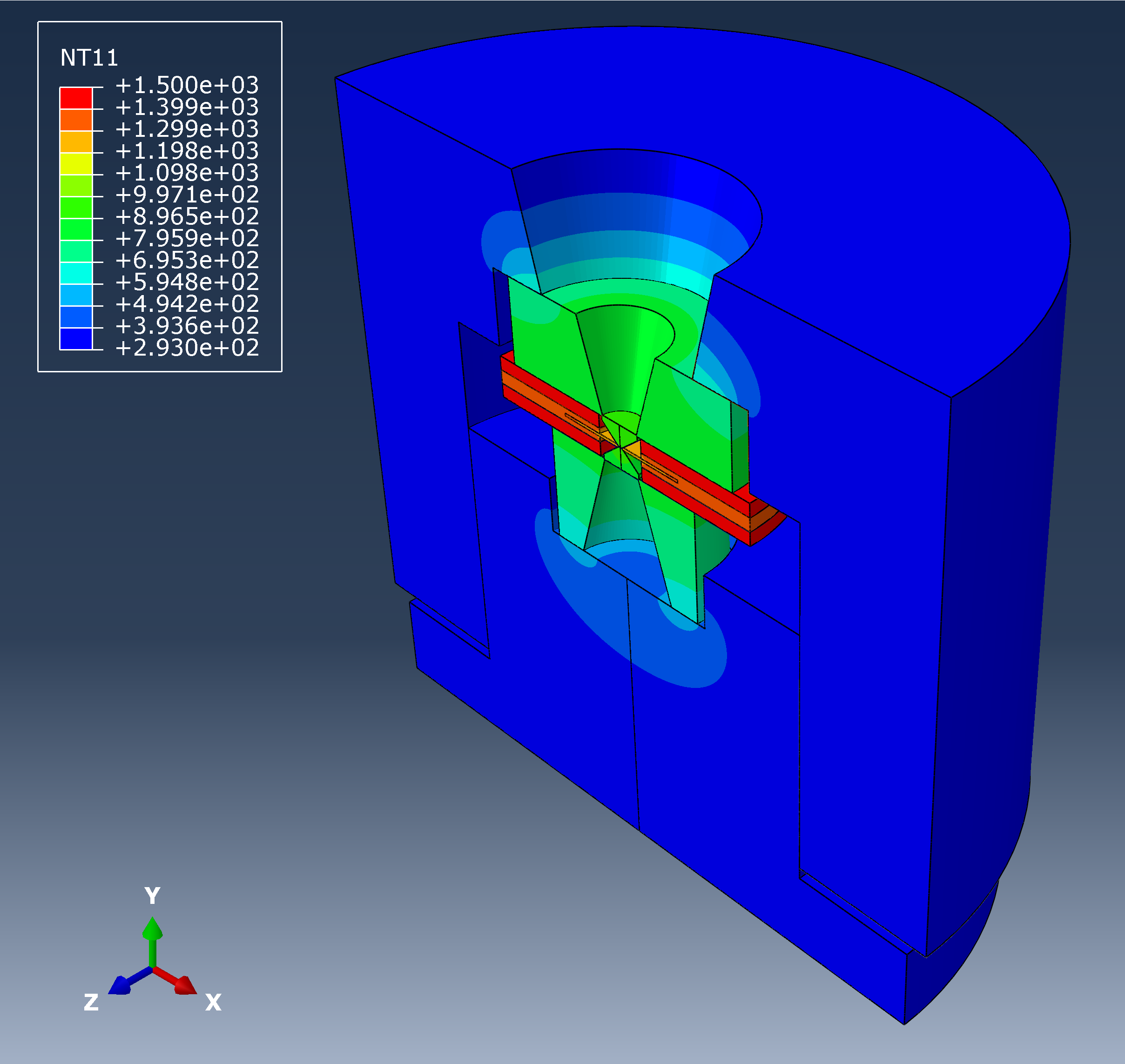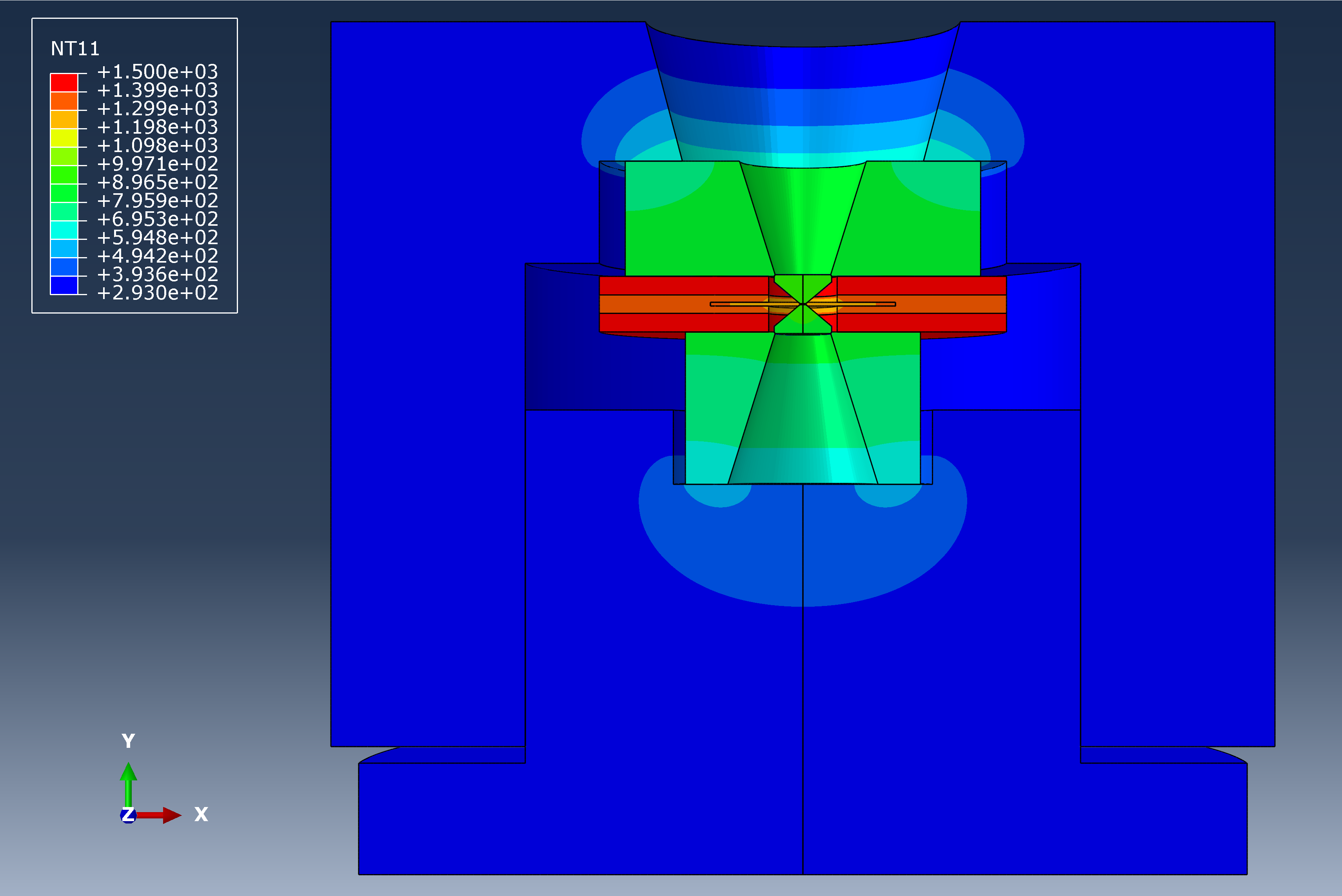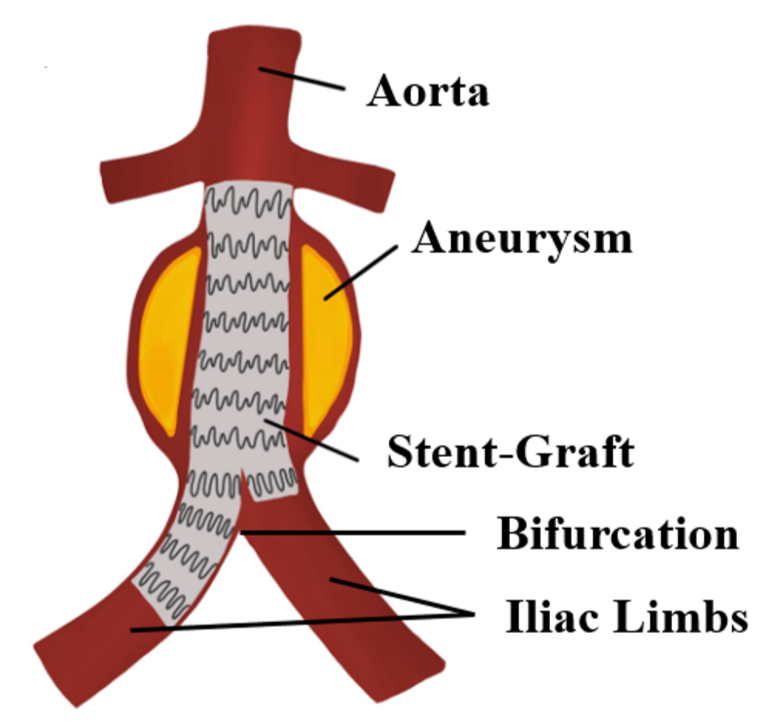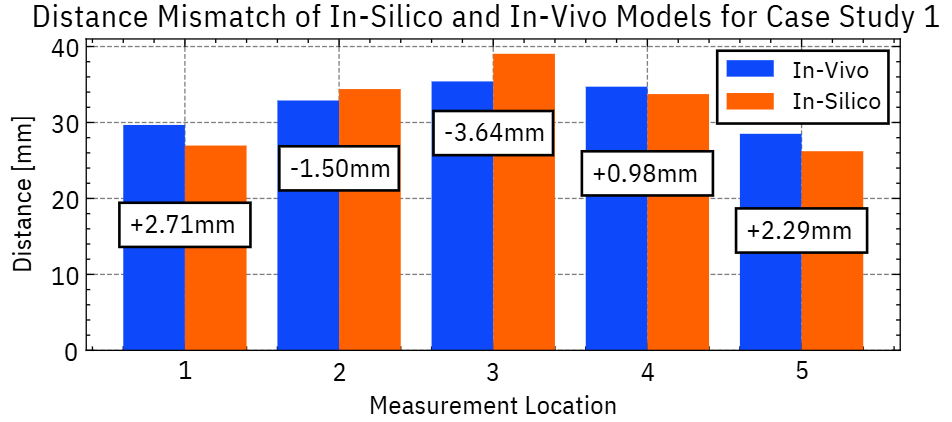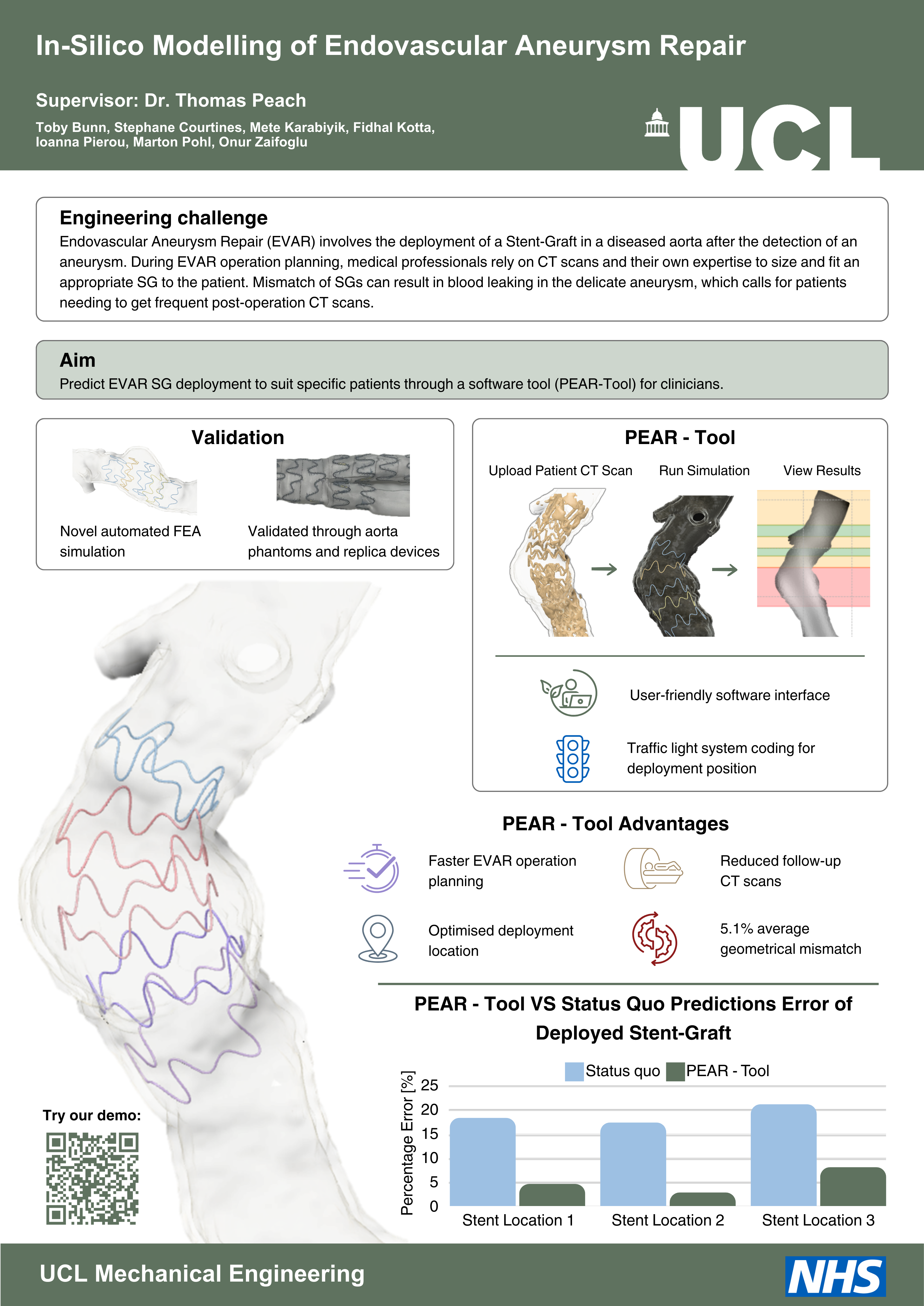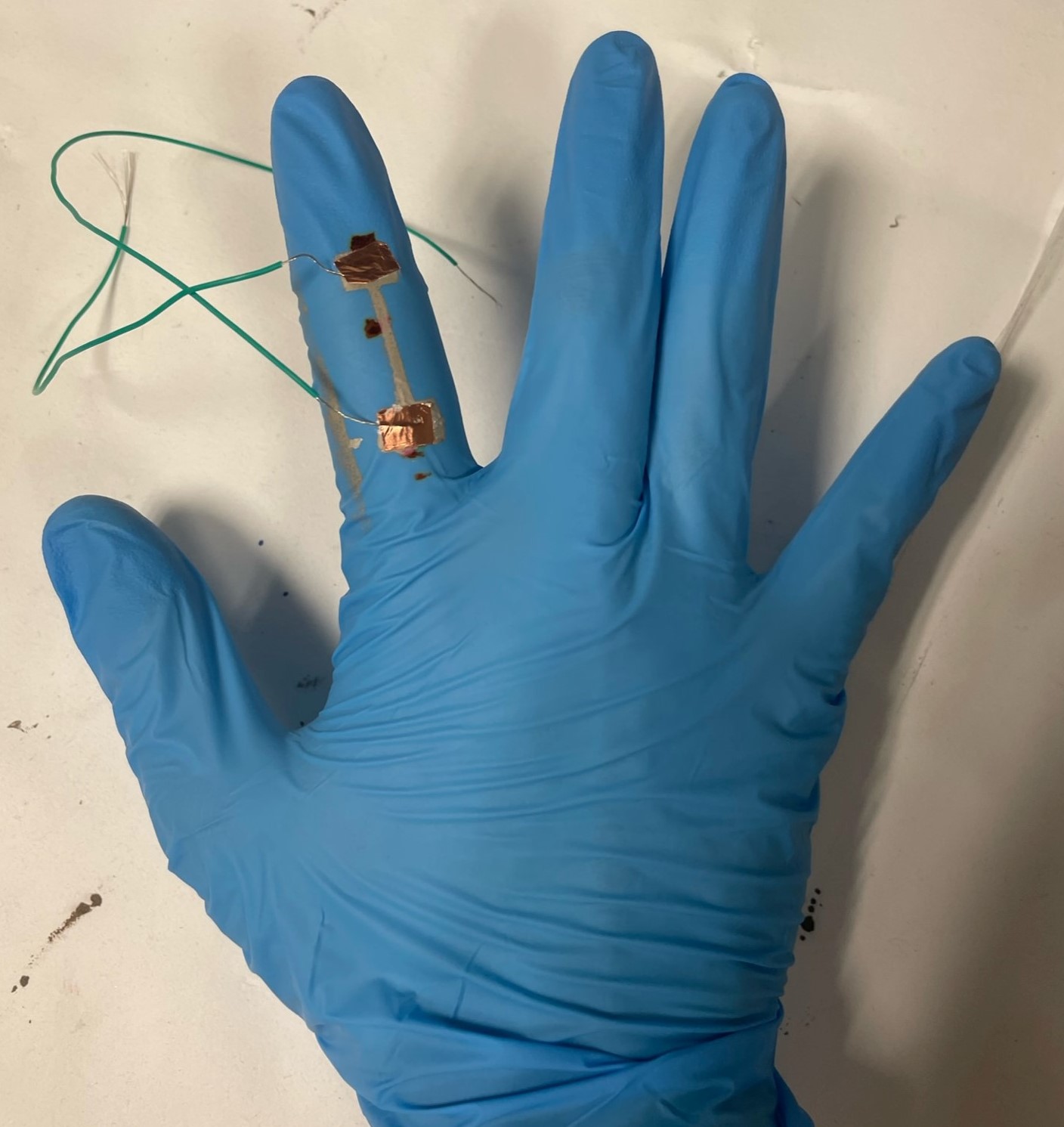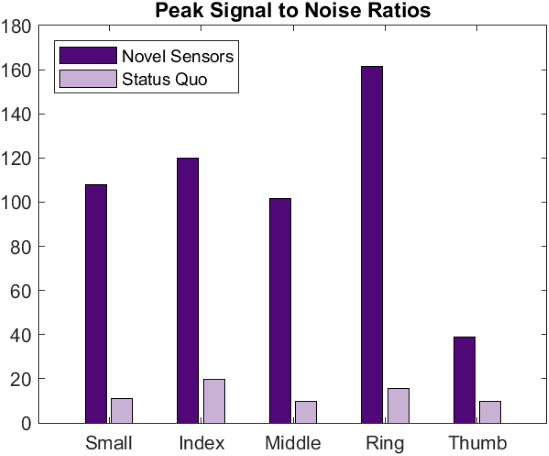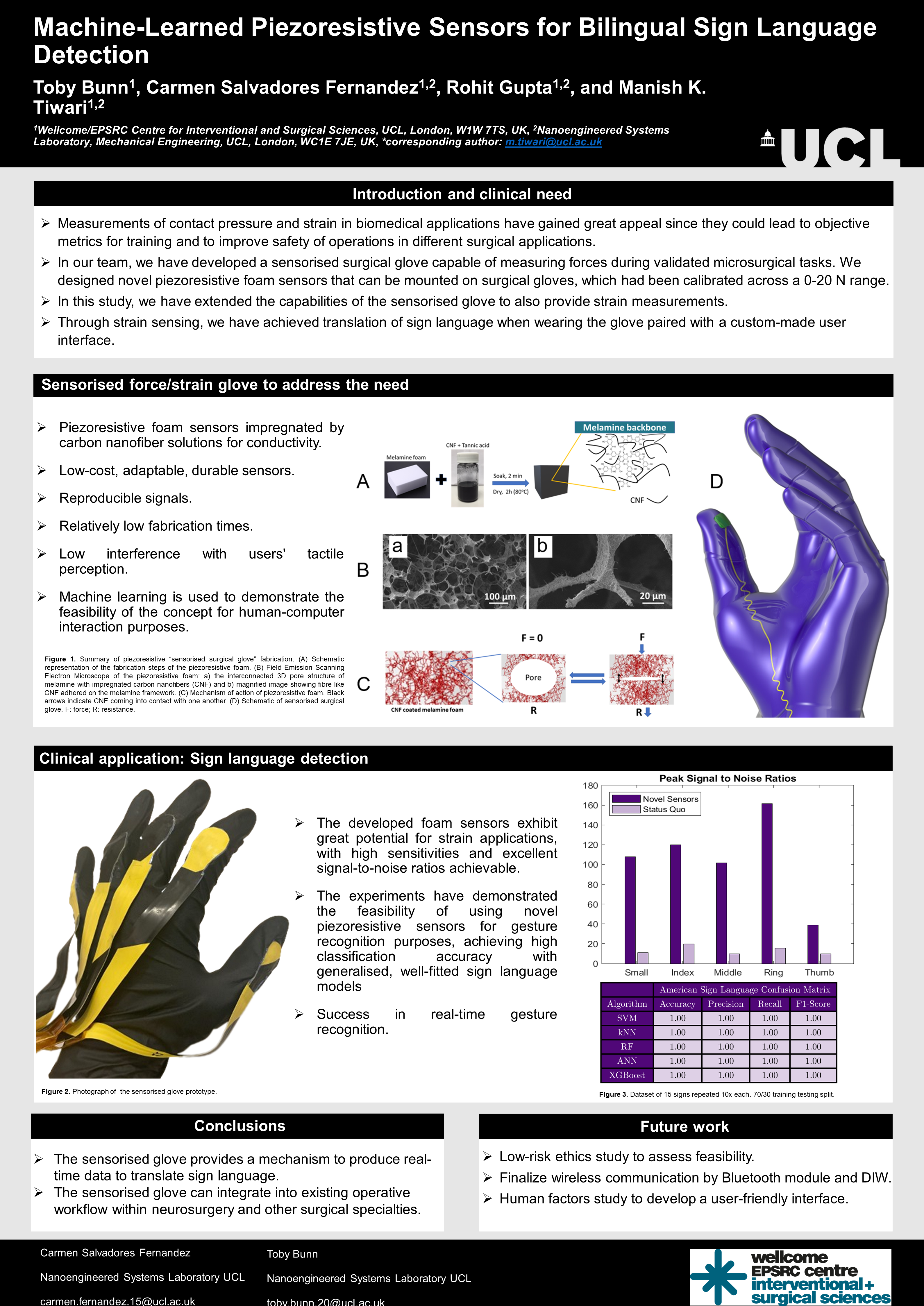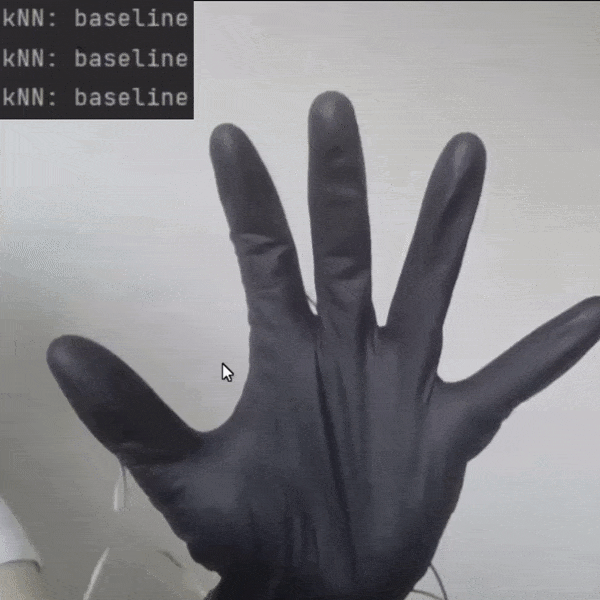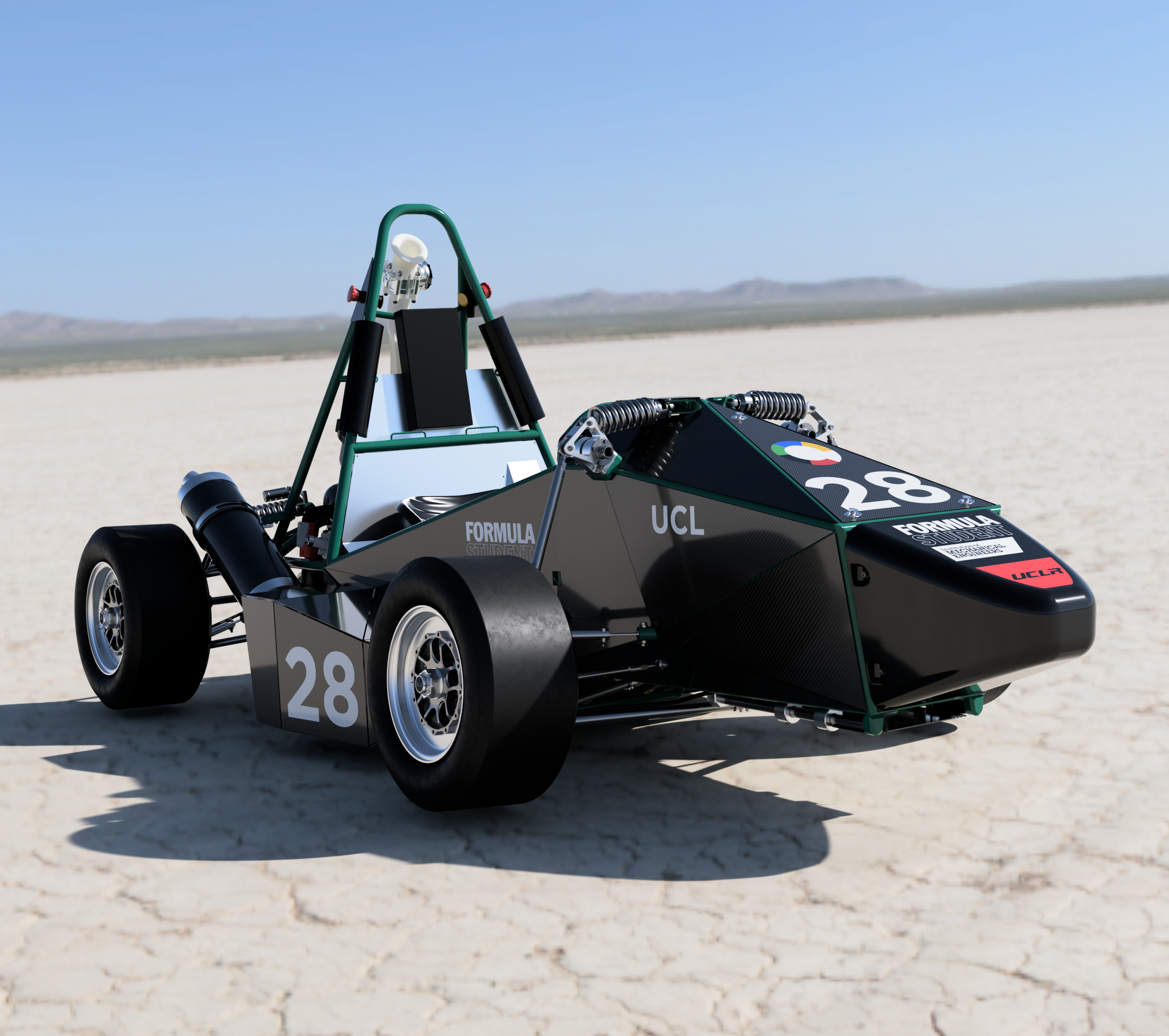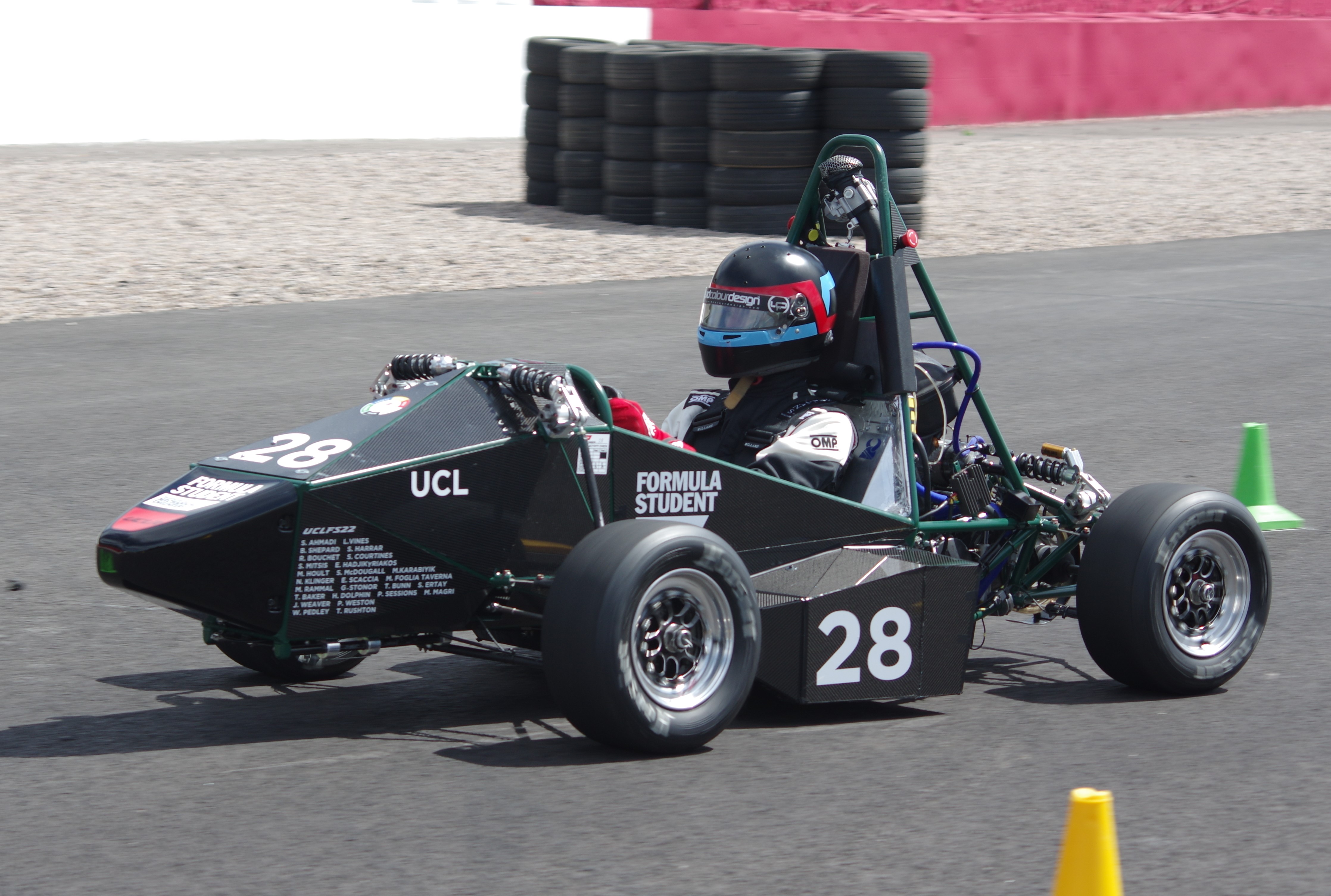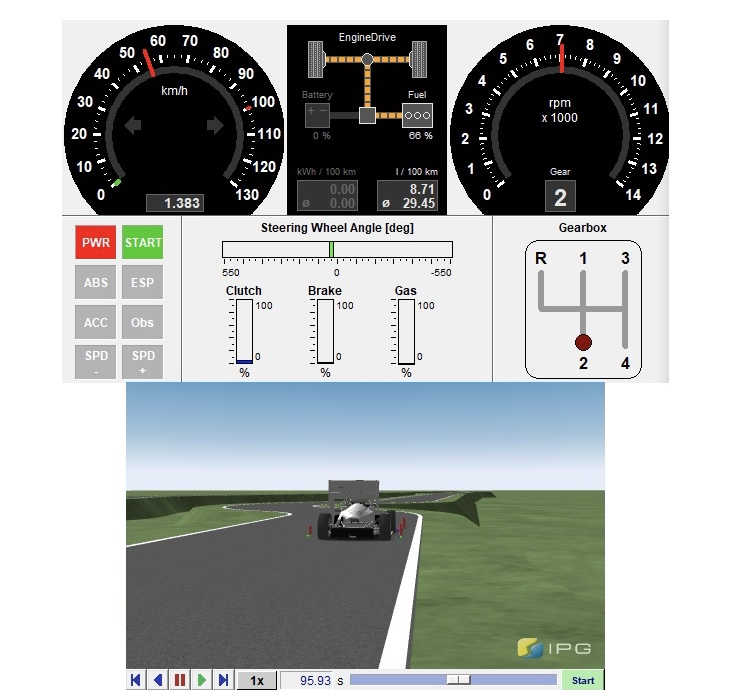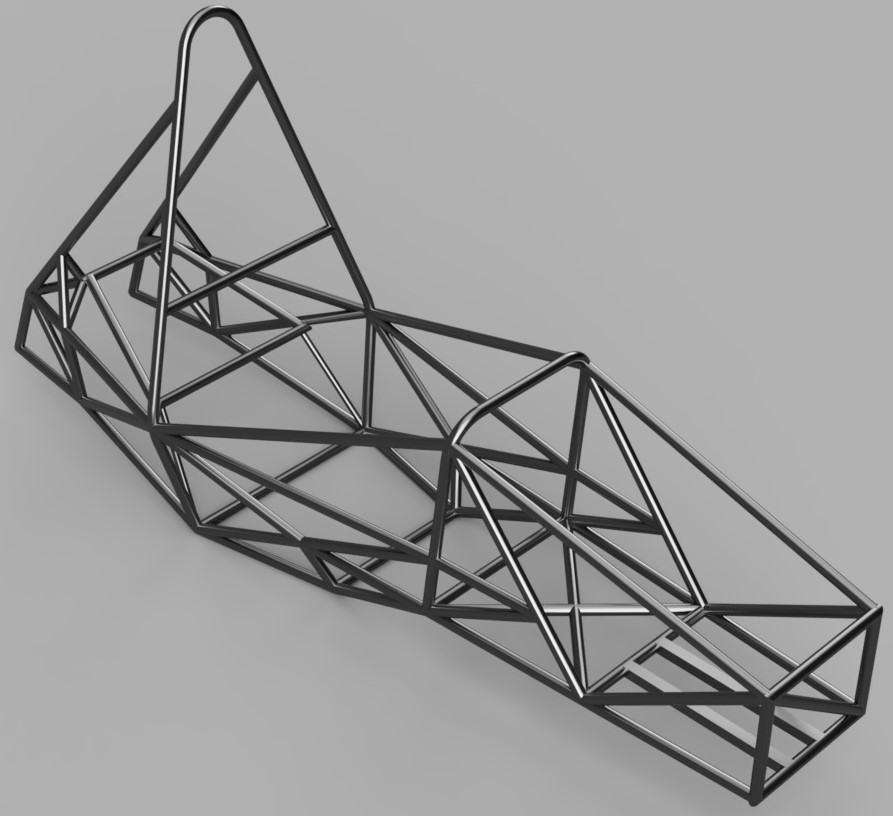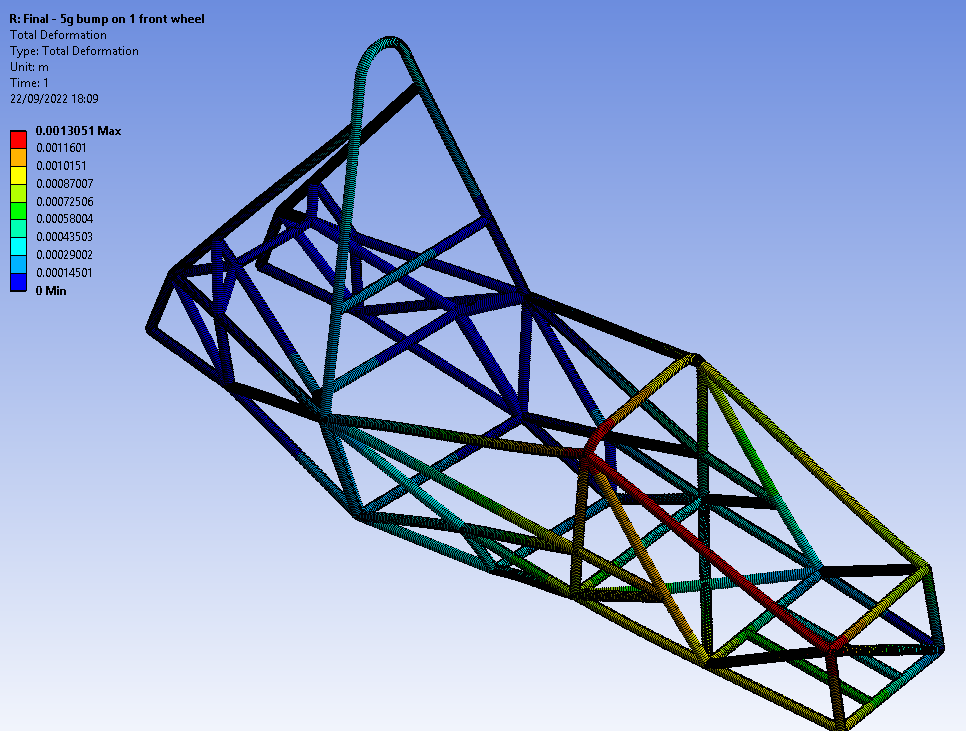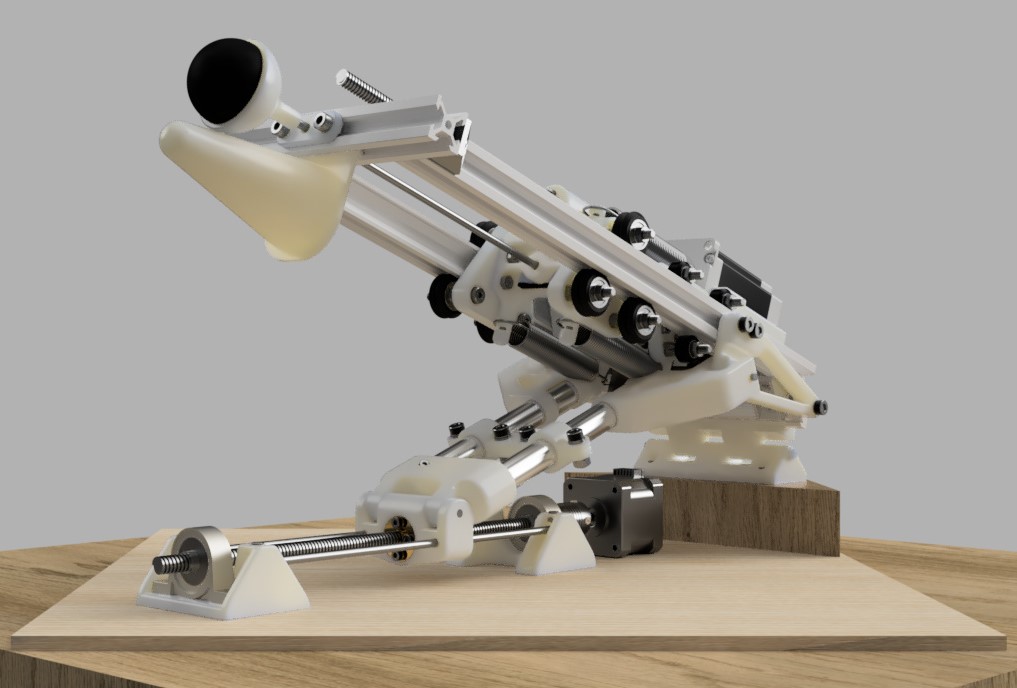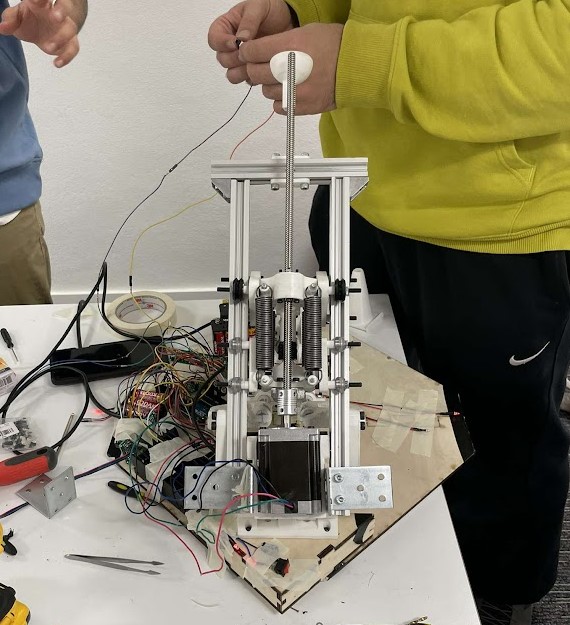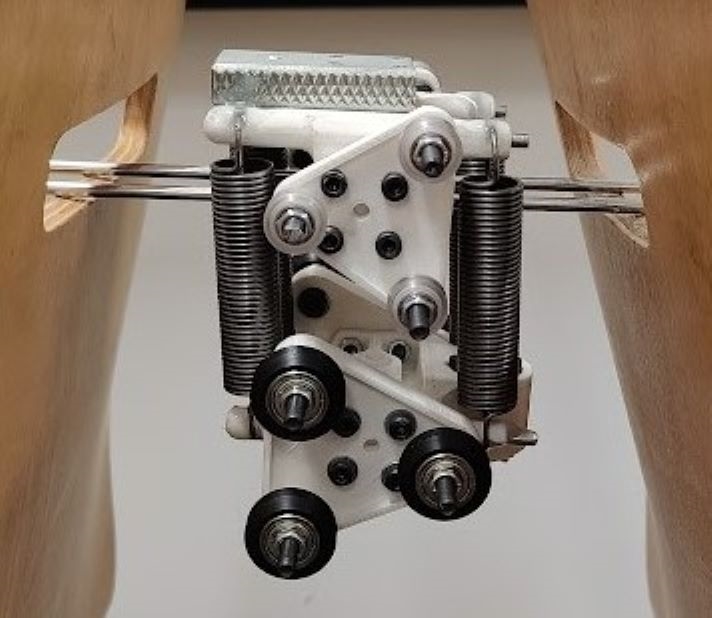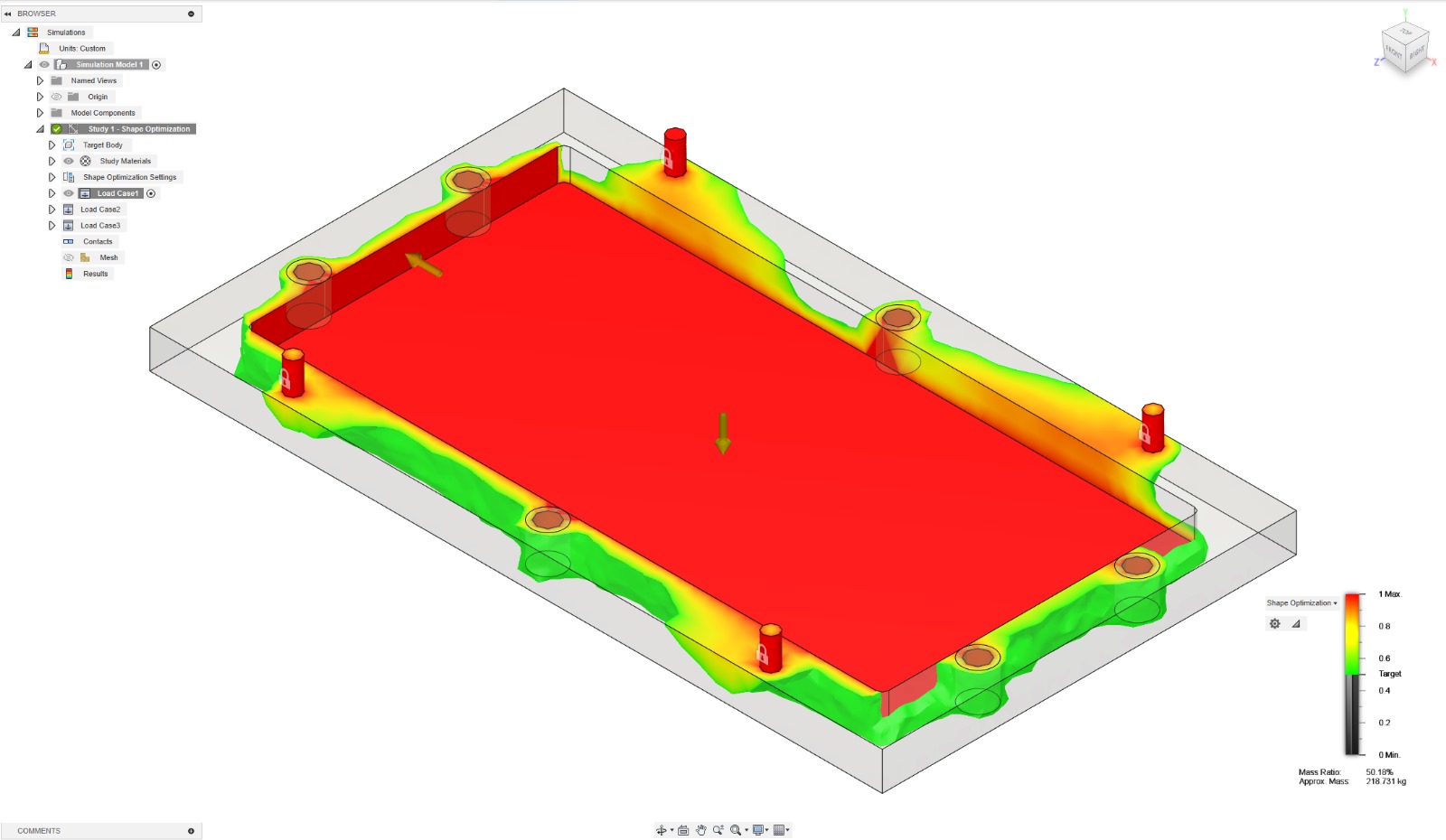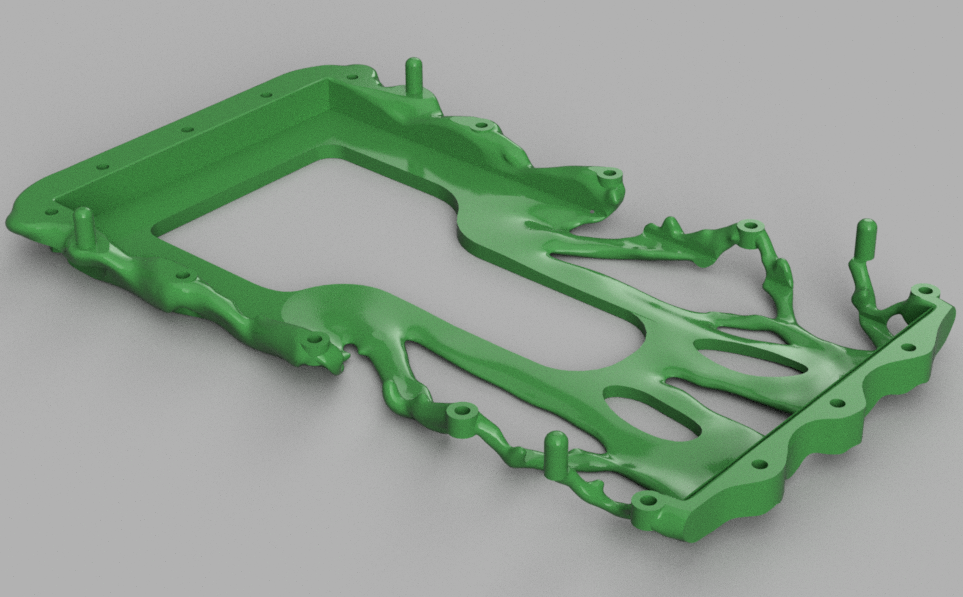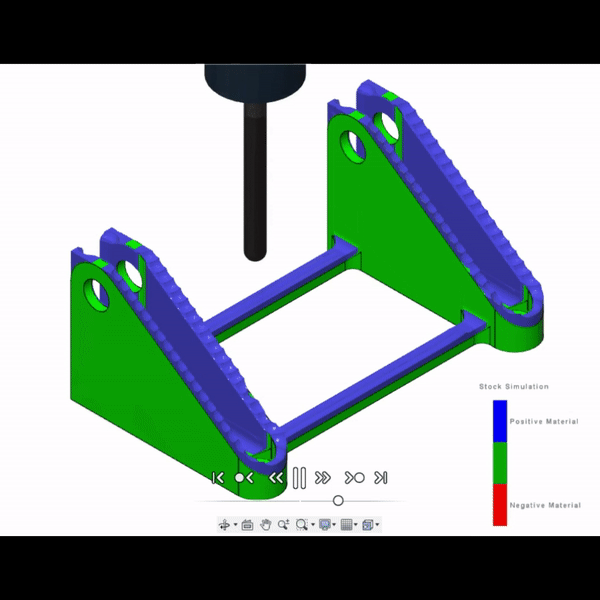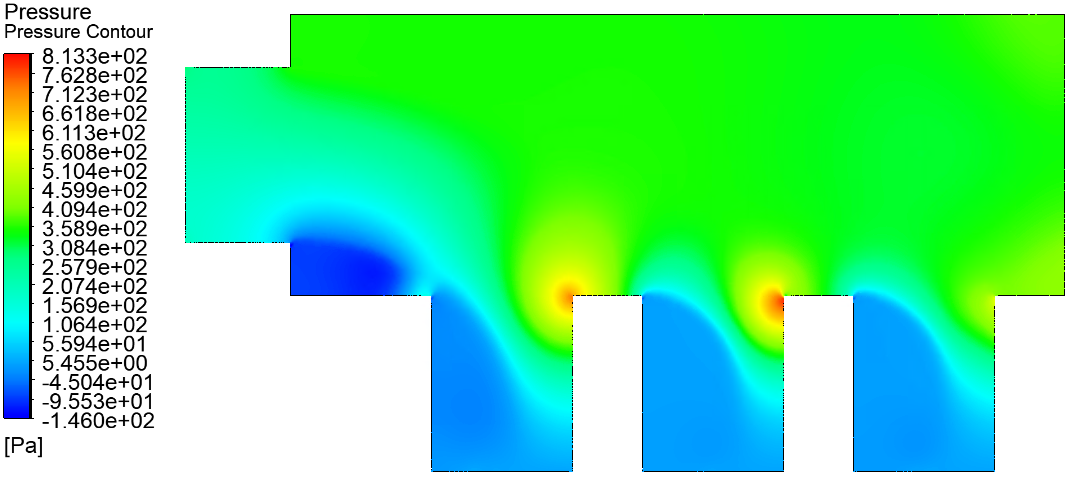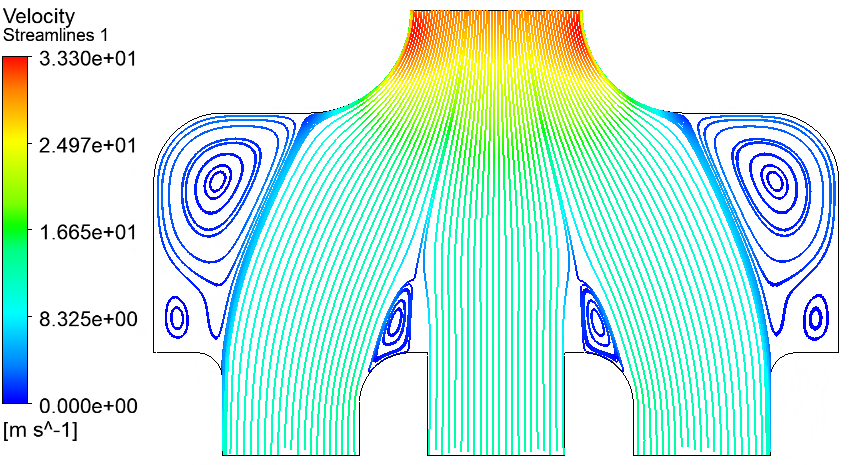Toby Bunn
I am a 23 year old Graduate Mechanical Engineer. After my degree, I joined easyJet on their Engineering Graduate Scheme, completing a placement in each of their engineering departments: Supply Chain, Powerplant, Design & Structures, Maintenance Control, Base and Line Maintenance, Fleet Transition, Cabin Appearance, and Fleet Technical Management. This has provided me with valuable knowledge of the aviation sector.
I graduated from University College London (UCL) in 2024, achieving First Class Honours in my Integrated Masters Degree in Mechanical Engineering (MEng). My degree taught me skills in the field of engineering design, and I also gained proficiency in various software, including CAD, FEA, CFD, and simulation software. I worked on projects in many fields, consisting of but not limited to aerospace, automotive, motorsport, biomedical, machine learning, and robotics.
Projects
Click onto any image to enlarge. Then, scroll through by clicking on the sides of the image or click anywhere around it to exit the enlarged view. Other links can also be found at the end of the section.
AWE Research Internship
Modelled thermal transfer in a diamond anvil cell using Abaqus FEA. Explored redesigns of the resistive heating system to reduce heat loss and increase internal temperatures. Link to the article detailing the project on AWE's website can be found here: Creating High Pressures is No Mean Feat.
Fourth Year Group Project
Collaborated with the NHS to develop a comprehensive in-silico model to simulate EVAR using FEA. Validated models computationally using patient CT scans and physically using printed aorta phantoms. Presented at BioMedEng24 conference as a poster presentation in September 2024. Website demo and other project details can be found on this link.
Dissertation Project
Created novel piezoresistive sensors to be cheap, easy to fabricate, reproducible, and usable in comparison to current technology. Exploited Machine Learning using sign language classification to test the sensors capabilities. Presented at BioMedEng23 conference as a poster presentation in September 2023.
UCL Formula Student
Worked in a team of 20 to design, build, test, and race a small-scale formula style racing car. Worked within CAD, Build, and Performance teams, and led the Cost Analysis team. Finished 2nd place in the sprint event and 21st overall at FSUK 2022.
UCL FS Summer Internship
Designed a new steel spaceframe for the Formula Student car. FEA was used in an iterative process to reduce mass by 25%, while preserving stiffness to a reasonable safety factor and abiding by competition rules.
IMechE Line Launcher
Designed and built a spring loaded line launcher able to fire accurately within 10mm tolerance, up to 10m away. Programmed an Arduino to control various actuators and sensors. Coded a script to calculate optimal angles for launch, accounting for air resistance, dependent on the distance and height of the target.
EV Battery Tray and Mount Project
Designed a low-mass battery tray and bracket which must withstand various loads. Utilised tools including generative design and topological optimisation on Fusion 360 to aid with the process. Created a manufacturing process for the bracket using CAM on Fusion 360.
Relevant Links
- AWE Research Project Article: Creating High Pressures is No Mean Feat
- GitHub repositories, containing all dissertation work, and another ML project predicting Premier League football scores: GitHub Link
- Poster from 4th Year Group Project: 4th Year Poster Link
- Poster from BioMedEng23 Conference for dissertation project: Dissertation Poster Link
- Results of FS chassis FEA: FEA Summary Link
- Certificate from CAM course: CAM Certificate Link
